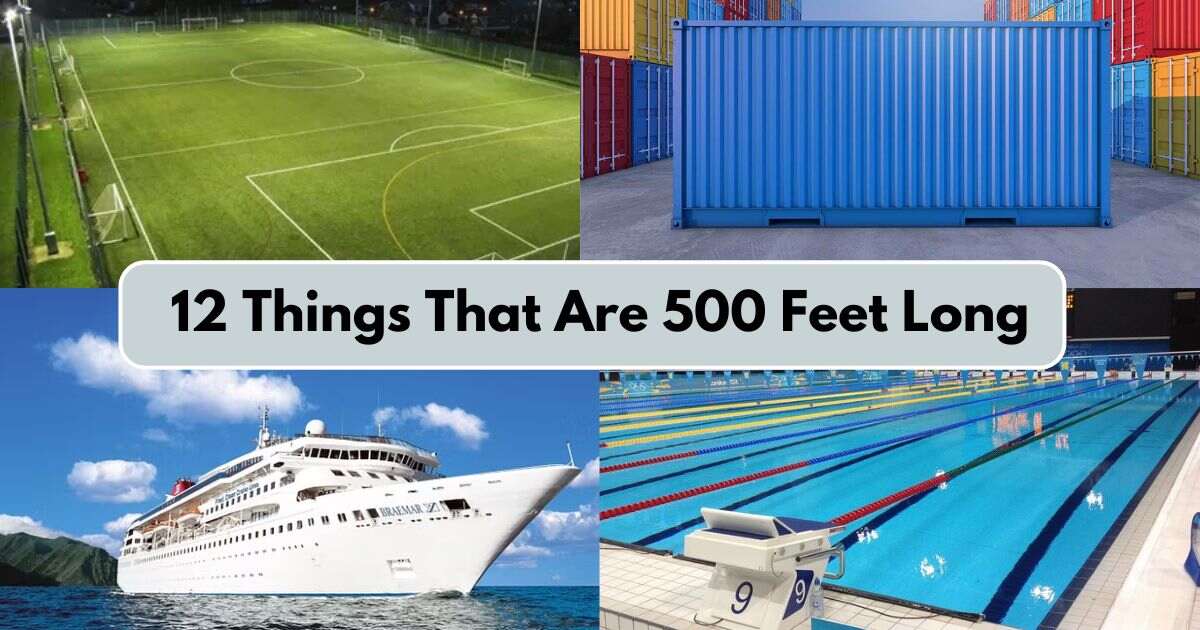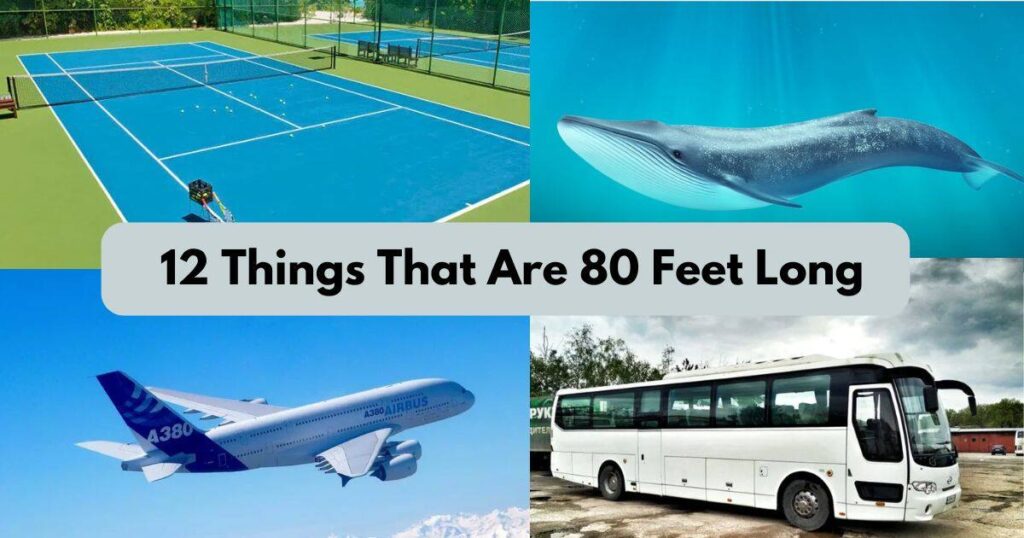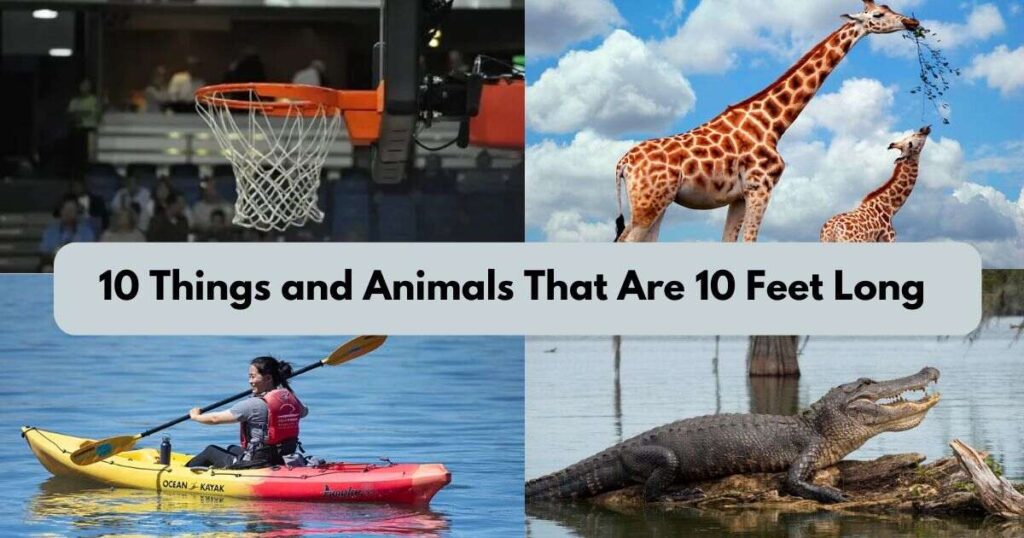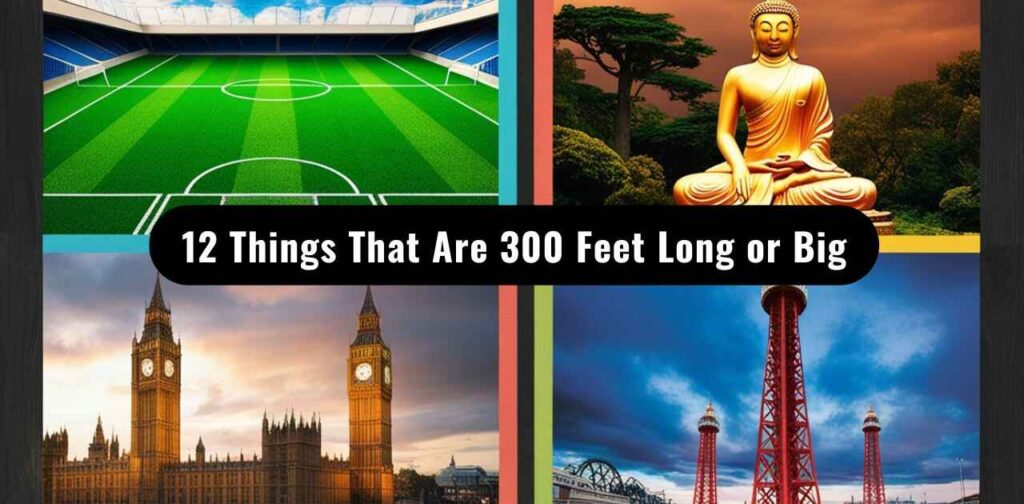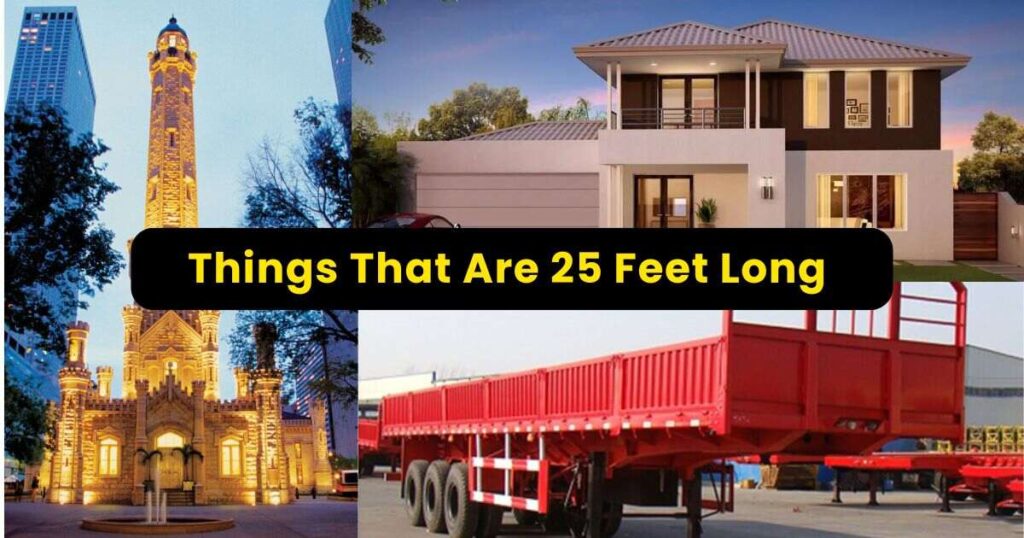Ever wondered just how big 500 feet really is? Whether you’re looking at towering skyscrapers or sprawling urban landmarks, understanding this measurement can be tricky without proper context. Let’s explore some fascinating comparisons that bring this impressive distance to life.
How Big is 500 Feet?
When we talk about 500 feet, we’re looking at roughly 0.15 kilometers or 152 meters. Picture standing at ground level and looking up at a modern office building. That’s the kind of magnitude we’re dealing with here.
This measurement comparison becomes clearer when we think about everyday experiences. It’s about the length of five standard city buses lined up end to end, or the width of a typical city block in many urban landscapes.
How High Does 500 Feet Reach into the Air?
Standing at the base of a structure that reaches 500 feet into the sky creates a powerful sense of vertical journey. From this height, the world below transforms dramatically, offering a perspective that few get to experience in their daily lives.
At 500 feet up, you’re at a height where birds soar beneath you and smaller buildings appear to shrink into the landscape. This elevation provides stunning scenic views that showcase the intricate patterns of city life below, making it a favorite height for observation decks and rooftop venues.
How Far is 500 Feet to Walk?
Walking 500 feet might sound like a short distance, but it’s actually a meaningful journey. For most people, it takes about 2-3 minutes at an average pace, making it perfect for visualizing distance in real-world terms.
Think about walking from one end of a shopping center to another, or from your parked car to a store entrance. These everyday experiences help us grasp this distance naturally, without getting caught up in numbers.
How Far is 500 Feet in Minutes
Time perception helps us understand distances in practical terms. At an average walking pace of 3-4 miles per hour, covering 500 feet typically takes about 1.5 to 2 minutes for most people. This timing can vary based on factors like crowd density, terrain, and walking speed.
For elderly individuals or those with mobility challenges, the same distance might take 3-4 minutes. Understanding these time variations helps plan urban spaces and public facilities more effectively.
Things That Are 500 Feet Long/Big
The scale of 500 feet comes to life through diverse examples in our world. From natural wonders like five blue whales aligned nose to tail, to historic landmarks like The Shambles in York, to modern architectural achievements like fifty-story buildings, this measurement shapes our environment in remarkable ways. As we further explore each thing in detail which help us grasp this significant dimension in tangible, relatable terms.
1. The Shambles
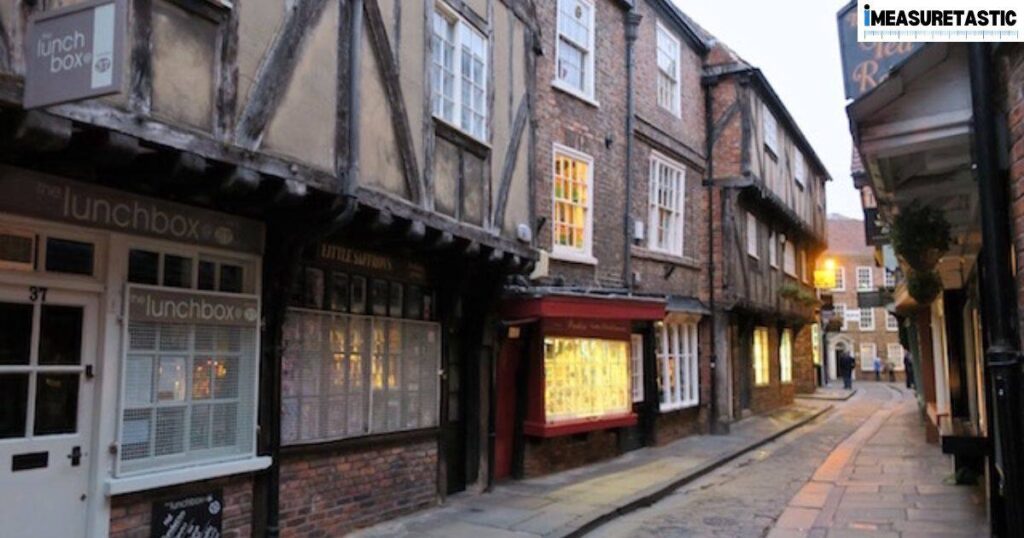
The Shambles in York, England stands as one of Europe’s best-preserved medieval shopping streets. This historic pathway stretches just shy of 500 feet, offering visitors a remarkable journey through time. The narrow street features distinctive overhanging timber-framed buildings that lean inward, creating a unique architectural canopy.
Walking along these ancient cobblestones, you’ll experience the same path that butchers used in the 14th century. Today, the street hosts charming boutiques and cafes while maintaining its original historical depth. The buildings’ upper stories nearly touch each other, creating an intimate atmosphere that transports visitors back through centuries.
2. Half a Cruise Ship
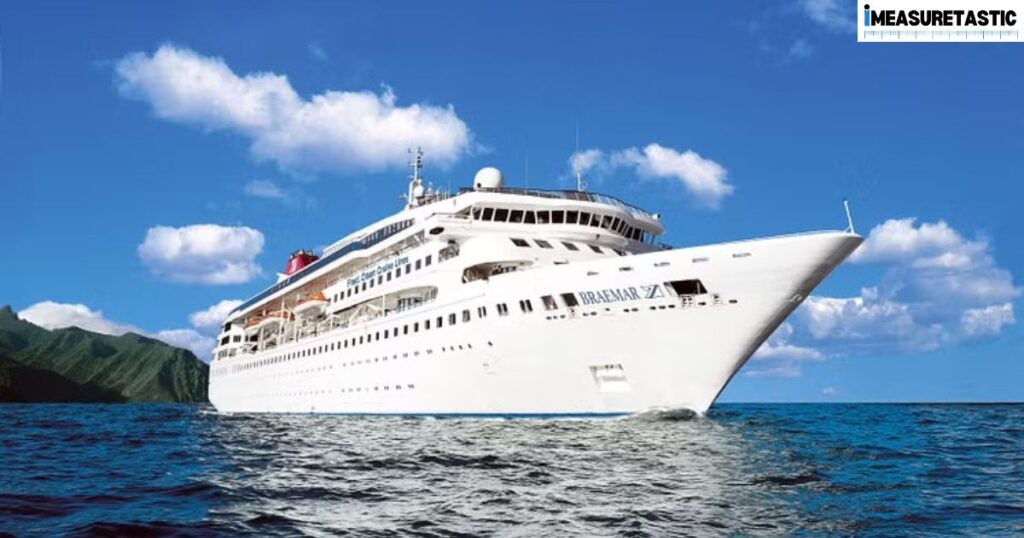
Modern cruise ship size provides another striking comparison to 500 feet. Many of today’s larger cruise vessels measure around 1,000 feet in length, making half their length comparable to our target measurement. These floating cities represent remarkable achievements in architectural marvels.
The scale becomes even more impressive when you consider that this length includes multiple decks, restaurants, theaters, and accommodation for thousands of passengers. Walking half the length of a cruise ship helps demonstrate how 500 feet translates into a significant distance in maritime terms.
3. Half of The Eiffel Tower
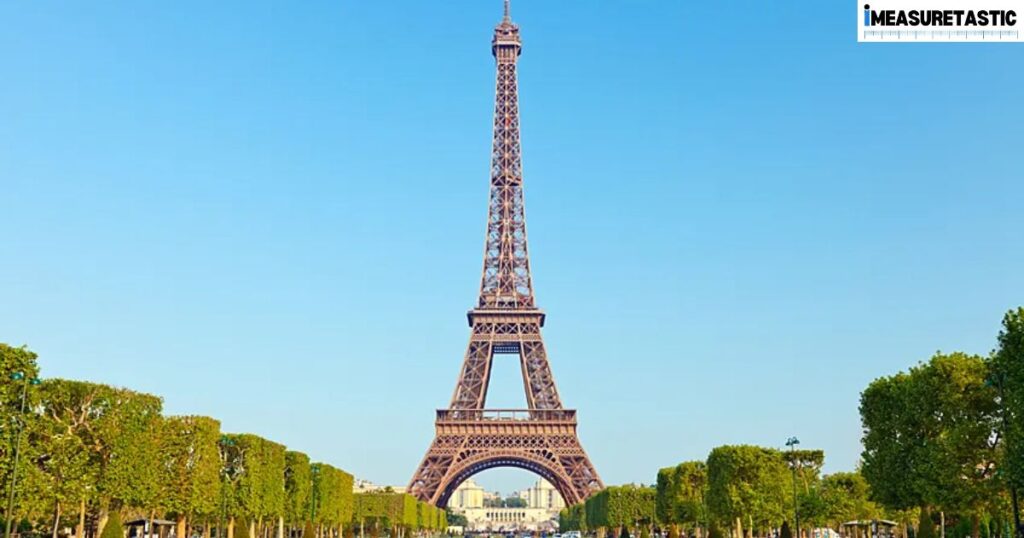
The iconic Eiffel Tower in Paris, France soars to approximately 1,063 feet, making its halfway point an excellent reference for 500 feet. Standing at the Champ de Mars, looking up at this point provides a tangible sense of this height. The iron lattice structure creates a powerful visual marker in the Parisian skyline.
This perspective from the ground shows how 500 feet of vertical distance impacts our perception of height. The tower’s first two levels reach just about this height, offering visitors spectacular views of the City of Light while demonstrating the impressive scale of this measurement.
4. Three Olympic-sized Swimming Pools
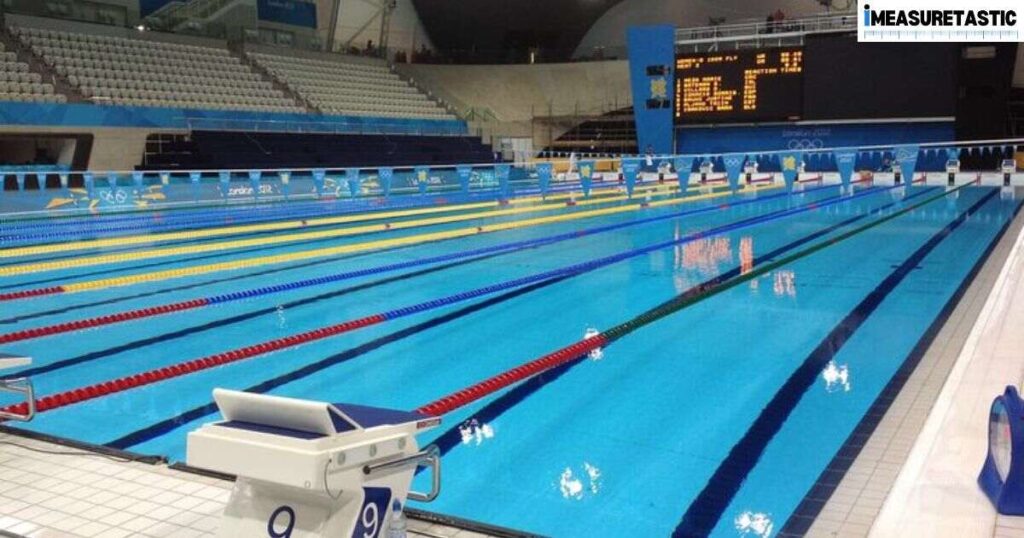
The length of an Olympic swimming pool provides another practical reference point for understanding 500 feet. A regulation Olympic pool measures 50 meters or approximately 164 feet in length. Placing three of these pools end to end creates a distance of 492 feet, remarkably close to our target measurement.
This comparison proves particularly useful because Olympic pools maintain strict standardization worldwide. Whether you’re in Tokyo, London, or Sydney, these pools offer consistent dimensions that help visualize the scale of 500 feet in a sporting context.
5. Five Statues of Liberty
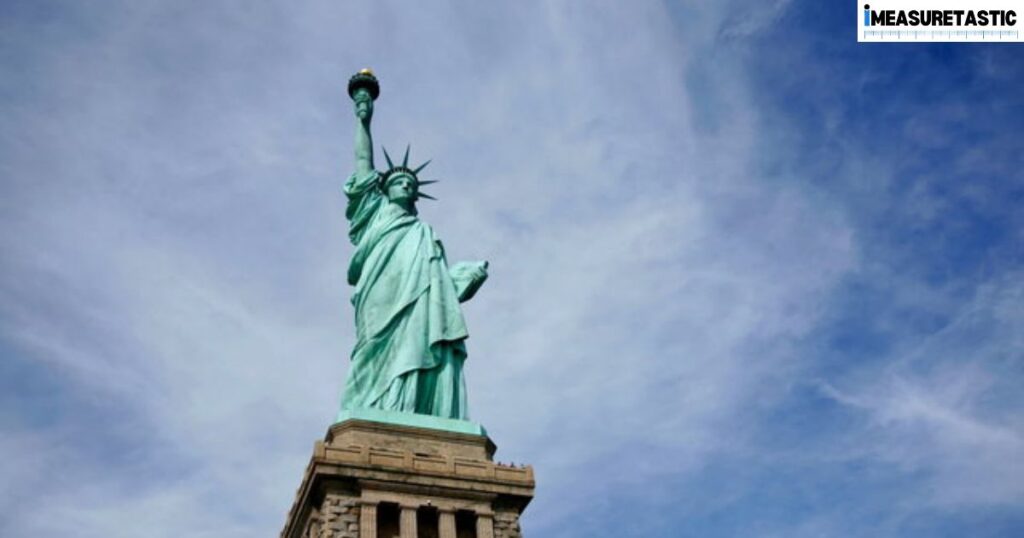
The Statue of Liberty, without its base, stands at approximately 100 feet tall. Imagine five of these iconic monuments stacked on top of each other. This visualization helps grasp the vertical aspect of 500 feet while connecting it to one of the world’s most recognizable landmarks.
The comparison becomes even more striking when you consider that each statue weighs 225 tons. This mental image combines both height and mass to create a powerful understanding of scale in terms of monumental architecture.
6. 1.4 Football Fields
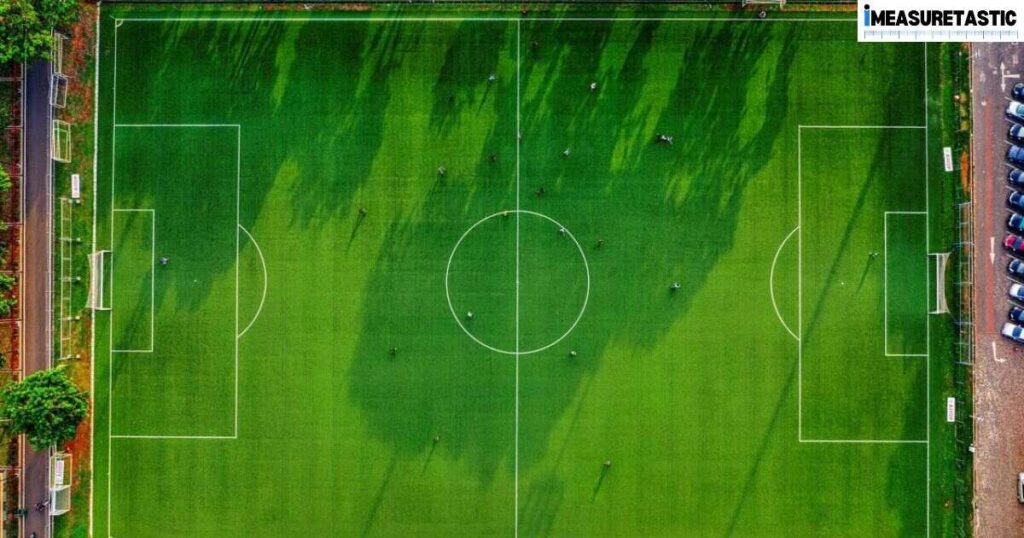
For sports fans, American football field dimensions offer a familiar way to understand 500 feet. A standard football field measures 360 feet from end zone to end zone. Therefore, 500 feet equals roughly 1.4 football fields laid end to end.
This comparison becomes particularly useful when visualizing distance in open spaces. Whether you’re a sports enthusiast or not, the football field serves as a widely recognized unit of measurement that helps conceptualize this length in real-world terms.
7. Boeing 777-300
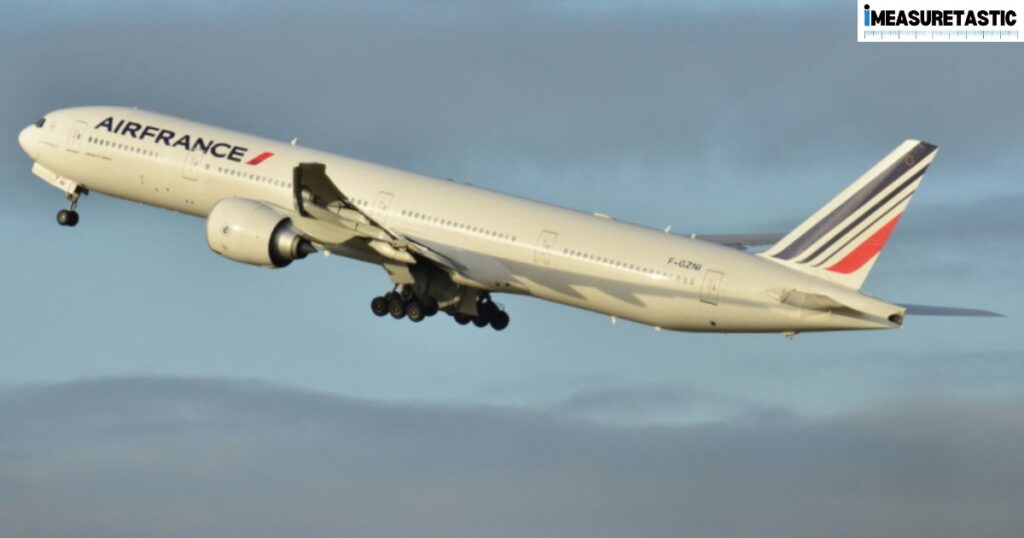
The Boeing 777-300, one of commercial aviation’s most successful aircraft, spans nearly 242 feet in length. Imagine roughly two of these magnificent planes parked nose-to-tail to visualize 500 feet. This comparison helps understand the measurement in terms of modern engineering achievements.
The aircraft’s wingspan of about 200 feet also provides an interesting perpendicular reference point. Together, these dimensions help us comprehend how 500 feet relates to the scale of modern transportation technology.
Read Also >> Things That Are Approximately 80 Feet Long
8. A Fifty-Story Building

A fifty-story building typically reaches around 500 feet, though exact heights can vary based on architectural design and floor-to-floor heights. These towering structures have become defining features of modern urban skylines, representing the pinnacle of vertical construction.
Each floor in these buildings averages about 10 feet in height, with additional space needed for mechanical systems, elevators, and structural elements. This creates a powerful vertical presence that demonstrates how 500 feet transforms from an abstract number into an impressive architectural achievement.
9. The Washington Monument
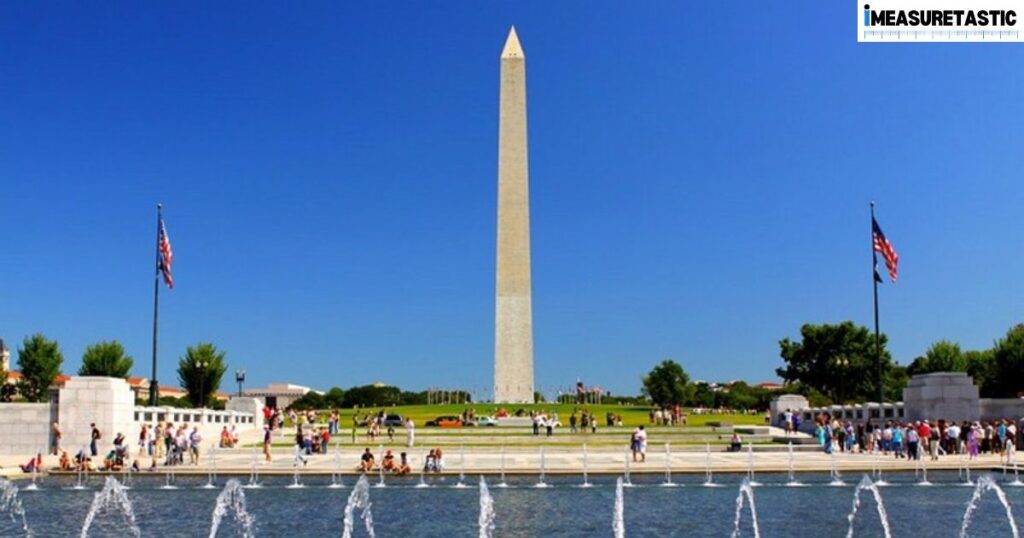
The Washington Monument reaches exactly 555 feet into the sky, making it an excellent reference point for understanding 500 feet. This iconic obelisk, standing proudly in the heart of the National Mall, represents both architectural precision and historical significance in American culture.
Built from marble, granite, and sandstone, the monument’s height creates a powerful impression on visitors approaching from any direction. The observation deck, situated near the 500-foot mark, offers breathtaking views of the surrounding urban landscape and national landmarks.
10. The Blackpool Tower
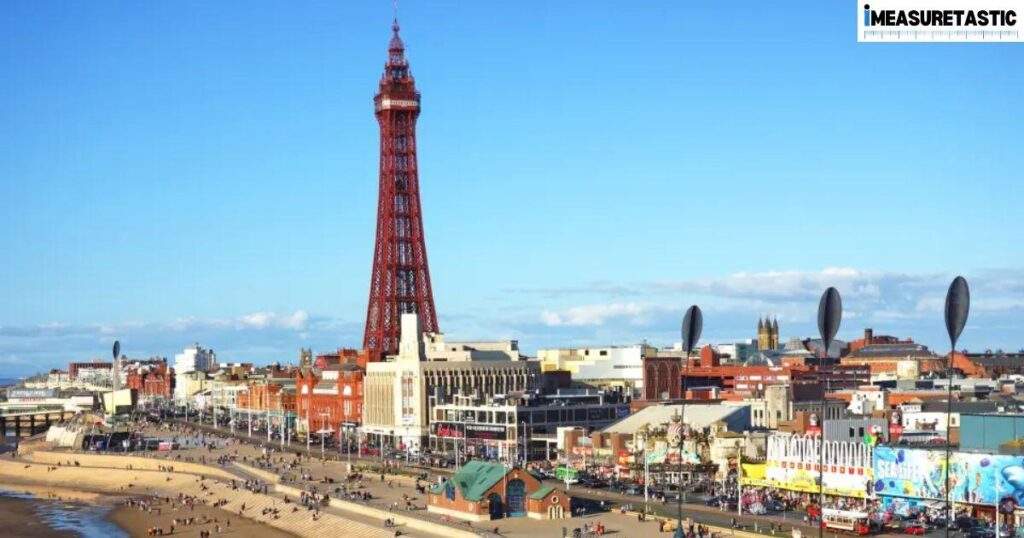
The Blackpool Tower in the UK stands at 518 feet tall, providing another compelling comparison for our 500-foot measurement. This Victorian-era structure, inspired by the Eiffel Tower, has been a defining feature of the British seaside skyline since 1894.
Visitors ascending to the tower’s observation deck experience spectacular views across the Irish Sea and the Lancashire coastline. The structure demonstrates how architectural marvels of the past continue to serve as reference points for understanding impressive heights in our modern world.
11. Blue Whales
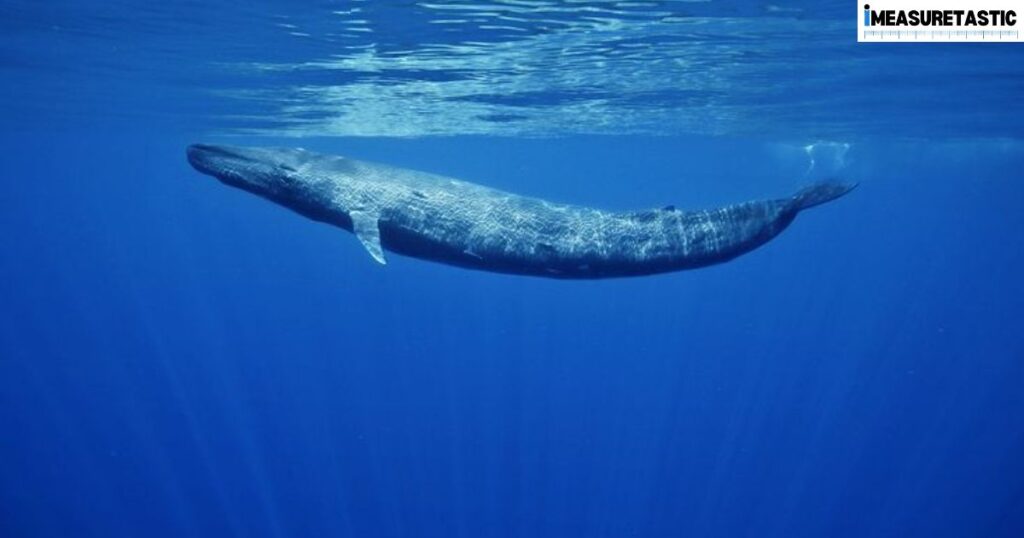
The magnificent blue whale, Earth’s largest known animal, typically reaches lengths of around 80-100 feet. Imagine placing five of these marine giants end to end to approximate 500 feet. This comparison helps us understand the measurement through the lens of natural wonders.
These remarkable sea mammal size specifications offer a unique perspective on scale. While a single blue whale amazes us with its size, visualizing five of them together helps comprehend how truly substantial 500 feet is in the natural world.
12. Shipping Containers
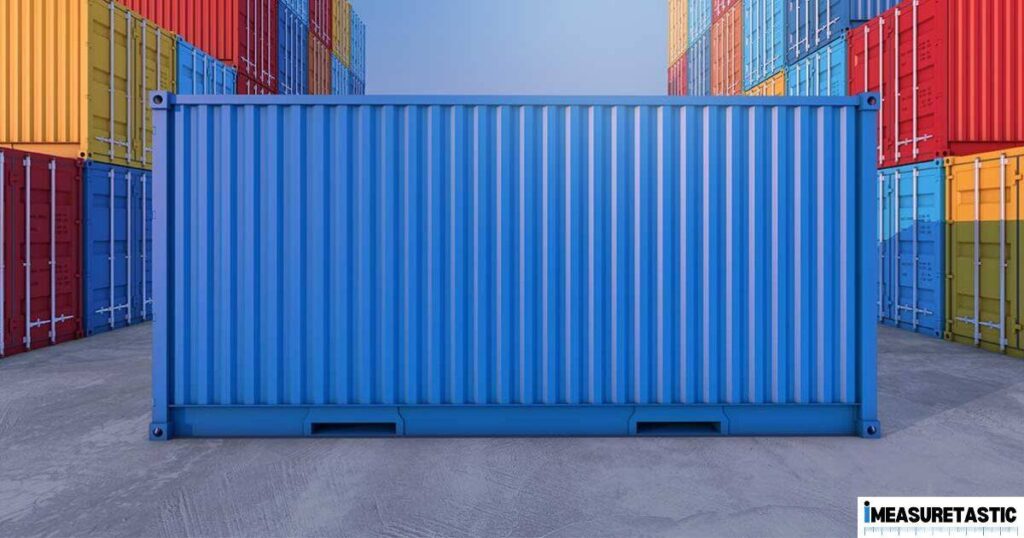
Standard shipping containers, which facilitate global trade, measure 40 feet in length. It would take 12.5 of these containers lined up to reach 500 feet. This practical comparison helps us understand the measurement in terms of international commerce and transportation.
These containers, seen in ports worldwide, provide a tangible reference point that connects our understanding of 500 feet to everyday commerce and global trade networks. Their standardized dimensions make them perfect for consistent measurement comparisons.
How Far is 500 Feet in Blocks
In most American cities, a standard block varies between 300 to 600 feet in length. Therefore, 500 feet typically equals about one average city block, though this can vary significantly depending on the city’s layout and historical development.
For instance, in Manhattan, where blocks are rectangular, 500 feet represents roughly two-thirds of a block lengthwise. This measurement helps urban dwellers relate to distances in terms of their daily navigation through city streets.
Understanding Scale in Urban Environments
The significance of 500 feet becomes particularly relevant in urban planning contexts. City blocks, building setbacks, and public spaces often incorporate this scale, making it an important measurement for understanding how we interact with built environments.
Modern cities use this scale to create comfortable walking distances between destinations and to maintain human-scale development in dense urban areas. This measurement influences everything from park design to transit station spacing.
500 Feet Distance Comparison in Modern Navigation
Modern GPS and navigation systems have made us more aware of specific distances. When walking 500 feet, most navigation apps estimate arrival times based on average walking speeds and terrain conditions. This technology helps us better conceptualize distances in real-time.
Conclusion
Our exploration of 500-foot measurements reveals how this distance manifests in various forms around us, from natural wonders like blue whales to human achievements in architectural marvels. Whether we’re examining historic structures like The Shambles or modern skyscrapers, this measurement plays a crucial role in shaping our world.
Understanding these comparisons helps us better appreciate the scale of both natural and built environments. Whether you’re a design professional, student, or simply curious about spatial relationships, these examples provide practical reference points for visualizing 500 feet in meaningful ways.
This journey through various 500-foot measurements demonstrates how this particular distance serves as a bridge between human-scale experiences and larger architectural and natural phenomena. It reminds us that even seemingly abstract measurements can be understood through familiar and tangible examples from our everyday world.

